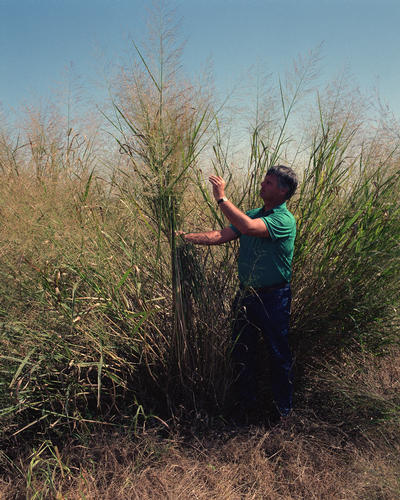When reading my local paper, I saw a headline which said, "Site assessments available for biofuel crops." There is basically a call for landowners who have 20+ acres in that rural area to grow biofuel crops on their land to I guess spur some economic growth. My home county always bolsters one of the top unemployment rates in Michigan and for a while was in the top 5 in the nation: So many people are hurting for money.
But, to gain money in this manner, what is the cost? The question I had immediately was: Is this based on what is already growing there (trees for the most part) or will they be planting genetically modified corn? Here is what I've found thus far.
There are two current programs in the area, one in L'Anse and the other in Ontonogan. This is using a variety of modified trees to make biofuel.
From the UP Biofuel website, “Biomass” is defined material derived from plants, or more generally any material that is organic in origin, including trees, grass, peat, crop residues, manures, animal processing waste and crops grown specifically for energy production. Based on research conducted by experts from Michigan Technological University’s School of Forestry there are three potential biofuel crops ideal for the Western U.P.’s growing conditions, which include switchgrass, hybrid poplar trees, and hybrid willow trees.
Switchgrass
Switchgrass appears to be energy efficient in that a lot can come from this product since a "study also found greenhouse gas emissions from cellulosic ethanol made from switchgrass were 94 percent lower than estimated greenhouse gas emissions from gasoline production." (Sciencedaily.com)
Switchgrass is an alternative to corn for ethanol. Since 90% of corn is genetically modified, THIS fact makes me happy. However, I find no documentation as to who "owns" the switchgrass that would be used... since, according to Grain.org, "Monsanto is a leading player in R&D for both miscanthus and switchgrass, two of the most promising feedstocks for the future cellulosic ethanol market" I am quite afraid of the long-term impact to introducing large-scale switch grass to the beautiful Upper Peninsula, even if it would decrease the potential need to use/produce oils.
Hybrid Poplar and Willow trees
I'm not sure about hybrid trees such as hybrid poplar and willow. I won't pretend to be an expert on the topic, but I do remember when I was in college there was a bomb found outside the forestry department at the university I attended... Green Peace had been there and wanted to send a message of some sort regarding hybrid trees. What are the long-term impacts of hybrid trees? Do we know? Do they require technology that cause issues to animals or humans or do they have a negative impact in and of themselves? I don't know. They appear to be fast-growing, require fertilizer (of what sort, I'm not sure), but other than that I'm not sure if the trees are perhaps less of an issue than the "seemingly" harmless switchgrass.
Impact?
What impact will that grass have on farmers in the area? Will the cows that openly graze end up eating GMO "grass." These unsuspecting land owners will end up using more Monsanto products, more pesticides and herbicides and be subject to the long-term repercussions of the exposure to these dangerous products.



1 comment:
Nice post. You have mentioned this topic in detail, good for knowledge.
wisdompays50 at yahoo dot com
Post a Comment